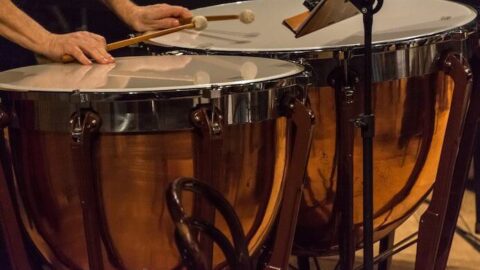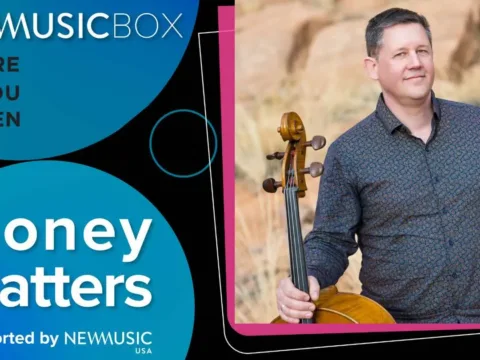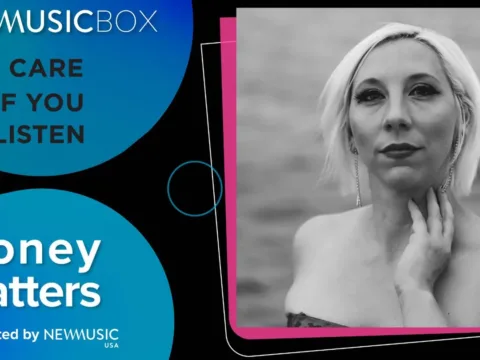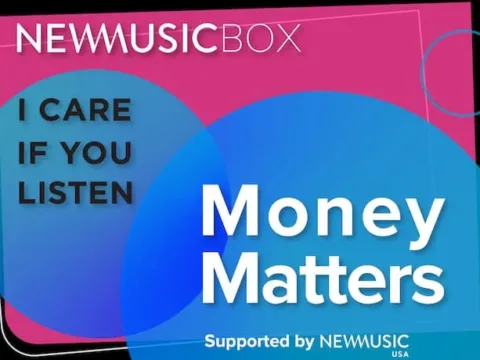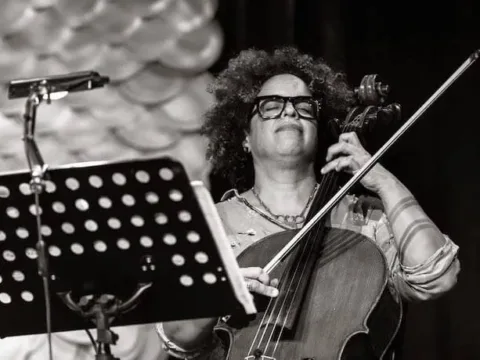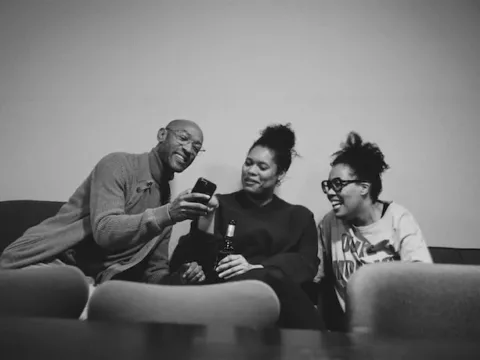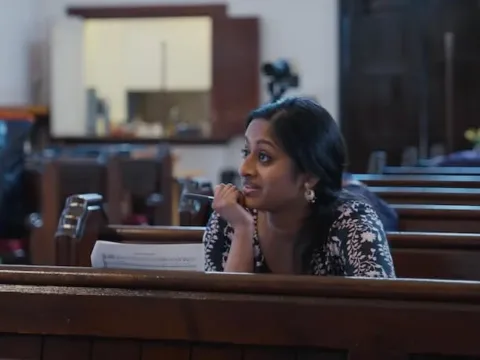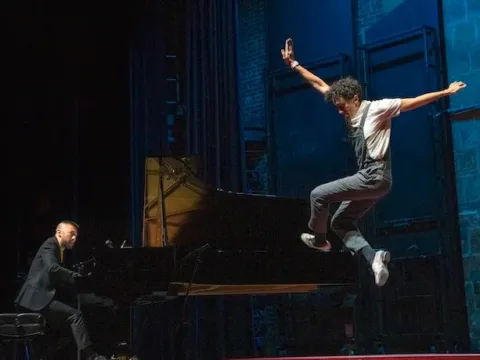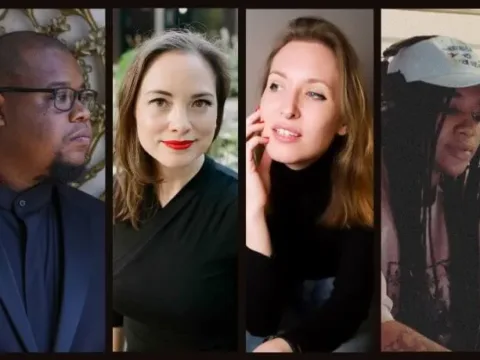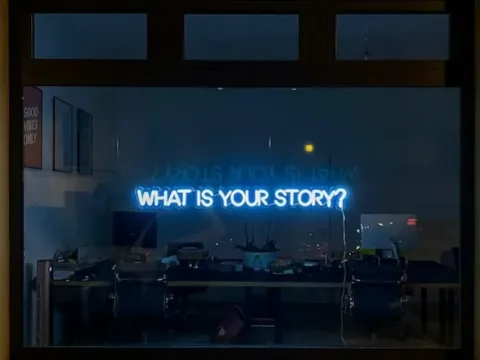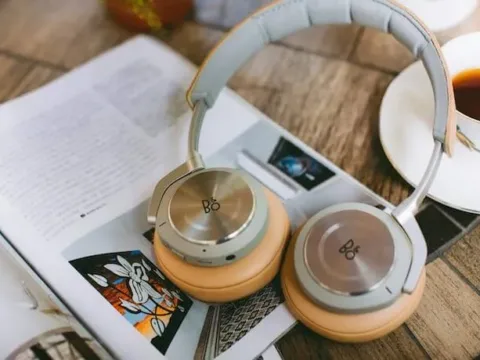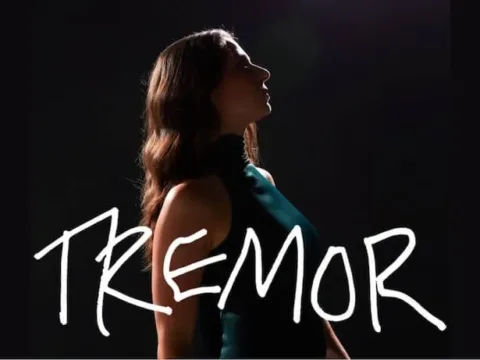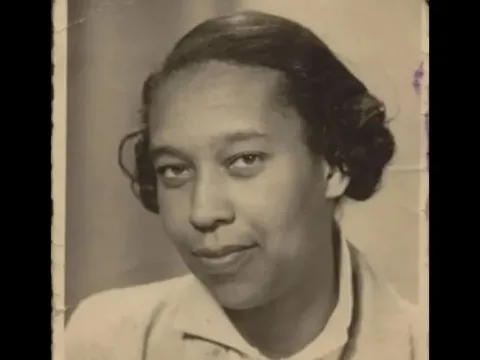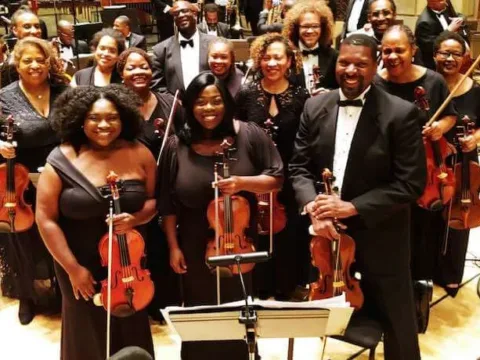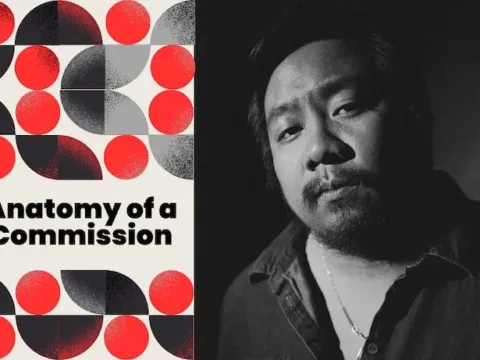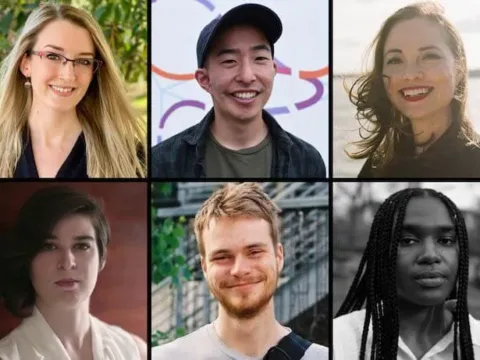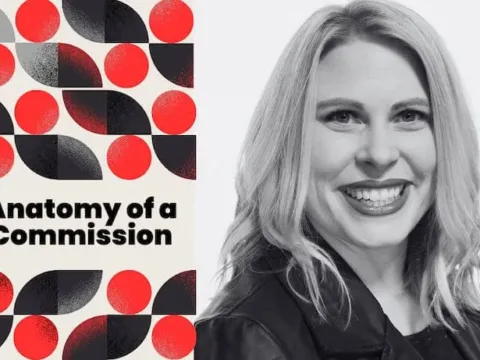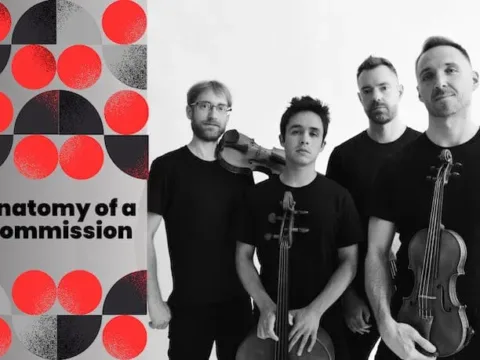When it comes to addressing inequities in orchestra auditions, the conversation tends to take place among people who have already attended conservatories and mastered a professional level of performance. These conversations are starting to pay off, with an incremental increase of diversity in many sections of the orchestra, but percussion sections still lag behind. The unique barriers that percussionists face often begin with conservatory audition requirements. An honest conversation about the inequities in audition requirements for percussionists can change that.
Classical percussion students in their formative years require a unique trifecta of physical practice space, a robust instrument budget, and access to multiple teachers who specialize in different instruments — all of which demands some degree of financial privilege. A studio for a percussionist isn’t entered with an instrument that then leaves again with the musician. A marimba, timpani, and snare drum (roughly the size of a couch, a queen size bed, and a bedside table) need four walls encasing a room of about 10 ft. x 25 ft. that they can inhabit.
Filling this space requires a significant budget. On the low end, students can get a marimba for $2,000.00, a set of four timpani for $400.00, and a snare drum for $70.00. But instruments that will make a percussionist competitive are $5,000.00+ for a marimba, $1,800.00 for a set of four timpani, and $400.00 for a snare drum. And to play these instruments, students can spend at least $3,000.00 on sticks and mallets alone, totalling over $10,000.00 to equip a practice studio.
Then comes a unique course of study uncommon to many other instrumentalists. The foundation for percussion conservatory auditions is made possible by at least two, if not three teachers because of the way symphony orchestra percussion sections are set up. The principal timpanist is its own position, separate from the rest of the percussion section. Studying with a section percussionist who simply no longer practices the timpani, or a timpanist who no longer plays the snare drum, puts a student at a disadvantage. Just as these positions are split in the orchestra, students, too, must split their training between teachers. The cost of lessons on the low end can run $140.00 a week ($70.00/each), which can total over $6,500.00 a year.

So at minimum, percussion students need a room to practice in — usually in a large single family home and not an apartment — over $10,000 for instruments, and $6,500 per year for lessons. And this is to say nothing of other crucial training opportunities, which come at an additional cost.
Duncan Patton is the recently retired principal timpanist of the Metropolitan Opera Orchestra, and has been a faculty member at Manhattan School of Music (MSM) for over 30 years. He says that the top percussion candidates at MSM “have almost all played in high level youth orchestras, studied with premier teachers, attended top-tier summer music camps and/or percussion workshops, and possibly attended arts high schools.” He continued to explain that “a gifted student who [is] not so polished due to poor teaching or limited opportunities…is too far behind already because others with better opportunities and training are so advanced already.”
Because of the extreme amount of personal wealth and resources needed to be competitive, it should be no mystery why the field of professional orchestral percussionists is mostly white. Patton says that of the small handful of Black percussion students who apply to MSM each year, three have enrolled in his 30 years of teaching.
This is where programs geared towards providing resources for students come into play. Adrienne Thompson, the former director of the Atlanta Symphony Orchestra’s (ASO) Talent Development Program (TDP) and former director of the Chicago Music Pathways Initiative now serves as the Vice President for Enrollment & Student Services at the Merit School of Music. She comes from 20 years as an orchestra director in predominantly Black schools, having sent some of her own students from underprivileged backgrounds to conservatories across the country. And she is also my mother, who along with my father, ferociously prepared three children for conservatories, including my own percussion training and audition process.
[Tweet “Because of the extreme amount of personal wealth and resources needed to be competitive, it should be no mystery why the field of professional orchestral percussionists is mostly white.”]
“Most Black high schools don’t have percussion ensembles or the equipment to do it,” says Thompson. “They have marching band experience, but little exposure with mallets, and almost none with timpani. Having a good jazz band or even a drum set isn’t typical. And although they can play amazing stuff [in marching band], they can’t rotate between instruments. But at the predominantly white schools I’ve taught at, there are specialized staff to teach percussion.”
Through TDP, I received financial assistance to purchase my own marimba and was granted the opportunity to study with the percussionists in the ASO: my lessons with the principal percussionist paid for, and discounts for lessons with two more members of the orchestra. TDP also provided me with free tickets for every ASO concert in their classical season, which meant I could train my ears and my eyes — something critical, yet often overlooked.
But there was something else I had access to that couldn’t be factored into TDP, or any other program like it. My teacher in the ASO, Thomas Sherwood, who is now with The Cleveland Orchestra, did something that made the difference for me even getting into TDP. After three failed attempts to audition for the program, he took me on as a student anyway and loaned me his personal marimba since I had been practicing on a toy bell set typically used in Pre-K music classes. He took it upon himself to prepare me for the next audition, which then enabled me to enroll in TDP and study with him for free.

Another person who altered my trajectory for pursuing orchestral percussion was Dr. Scott Stewart, the chair of the music department at Emory University at the time. As a member of the Atlanta Youth Wind Symphony, Dr. Stewart recognized my commitment to the ensemble and provided me with a key to the music building and the percussion studio, which gave me access to a practice space and professional-level instruments.
The kindness of individuals who were willing to go far beyond their position to help me illustrates the systemic issue with percussion auditions: that students need access to a wealth of resources, including practice space, quality instruments, and multiple teachers, in order to be competitive. I was able to get to a conservatory because of individuals who took it upon themselves to personally provide me with the necessary resources and opportunities. But my trajectory was an anomaly, which was underscored by the fact that I was the only Black woman in my freshman class, and the only Black woman in the endless percussion sections through my conservatory experience.
Behemoths that could make an impact on the inequities of preparing for conservatory auditions include the Percussive Arts Society (PAS), self-described as “the world’s largest percussion organization [and] considered the central source for information and networking for percussionists and drummers of all ages.”
Dr. Jillian Baxter, a member of the PAS Diversity Alliance, has the unique position of being a Black woman who has studied with renowned classical percussionists, including Lalo Davila, Christopher Norton, Michael Burritt, and Tim Adams. Now an assistant professor of percussion at Albany State University, an HBCU in Georgia, she says the objective of the Diversity Alliance is to ensure that every type of person is represented at all Percussive Arts Society International Clinics (PASIC). This includes pinpointing conversations and concerns that need to be approached (and broached) in the field, including that “no attention [is] paid to the fact that every[one] looks the same,” she says.
The kindness of individuals who were willing to go far beyond their position to help me illustrates the systemic issue with percussion auditions: that students need access to a wealth of resources, including practice space, quality instruments, and multiple teachers, in order to be competitive.
Dr. Baxter also points to another aspect of conservatory auditions that looks the same: repertoire. “[Conservatory audition requirements] guide the literature that teachers pick for their students,” she says, “and places a focus on inferiority by forcing [students] to do things they don’t really have to do.” An example is a snare drum solo by the French composer Jacques Delécluse. It is so typical in conservatory auditions that major symphony percussionists dedicate entire clinics and masterclasses to it. The solo requires a high quality orchestral snare drum to achieve the technical finesse of grace notes and sound quality of soft dynamics that are all but impossible to hear and execute on the marching snares that predominantly Black high schools tend to have.
What would change the literal face of orchestral percussion is conservatories giving students the chance to audition on the instruments they have access to rather than requiring that they play multiple percussion instruments and unfamiliar repertoire. Simply hitting a drum with a stick at the right time is not the extent of what a classical percussionist, or timpanist, needs to know. It’s touch; It’s finesse. It’s style and infinitesimal muscular technique. Many underprivileged students may have access to a marching snare, but will never experience, practice on, or many times even see an orchestral snare drum.
If marching snare drummers could simply play a rudimental etude that displays their technique, if students could audition with two-mallet solos on marimba instead of four-mallet pieces, and if students did not have to audition on timpani at all, percussion sections at various conservatories could be significantly more diverse and almost unrecognizable by next year. No other instrument faces the dilemma that percussionists face. Violinists, bassists, tubists, flutists — they all have one instrument to audition on. But requiring percussionists to be proficient on marimba, timpani, and snare drum makes it impossible for conservatory auditions to be flooded with underprivileged students, who are often students of color.

Diversifying the orchestral percussion field doesn’t begin with addressing the equity of professional auditions, but rather, the pathway of getting to the audition at all. Conservatories have dedicated practice rooms, limitless combinations of professional instruments, and a deep roster of specialist artist-teachers. Attending a conservatory can be a crucial gateway for underprivileged percussionists to have access to these resources — and the credibility specifically needed for a person of color. None of this requires the individual kindness I benefited from — it is all packaged as part of the conservatory experience.
Interlochen Center for the Arts’ summer music camp was the only time of year I was able to consistently practice quality percussion instruments. Until tenth grade, I had to learn what I could during the summer and hang on as best as I could during the school year. But Interlochen was also where I began to see the same percussionists every year, who then became the same percussionists I performed with at conservatories. Now, they are the same percussionists who have won positions in major symphony orchestras around the world. And until we seriously reconsider conservatory audition requirements for percussionists, this small, insular cycle will continue to repeat itself.
I CARE IF YOU LISTEN is an editorially-independent program of the American Composers Forum, funded with generous donor and institutional support. Opinions expressed are solely those of the author and may not represent the views of ICIYL or ACF.
A gift to ACF helps support the work of ICIYL. For more on ACF, visit the “At ACF” section or composersforum.org.
